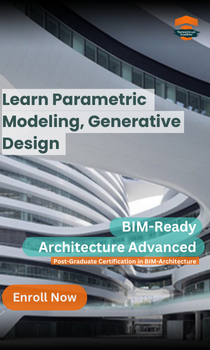Urban Planning and Design: The Future of Cities
Aug 29, 2024
Category: Industry Trends
Admin
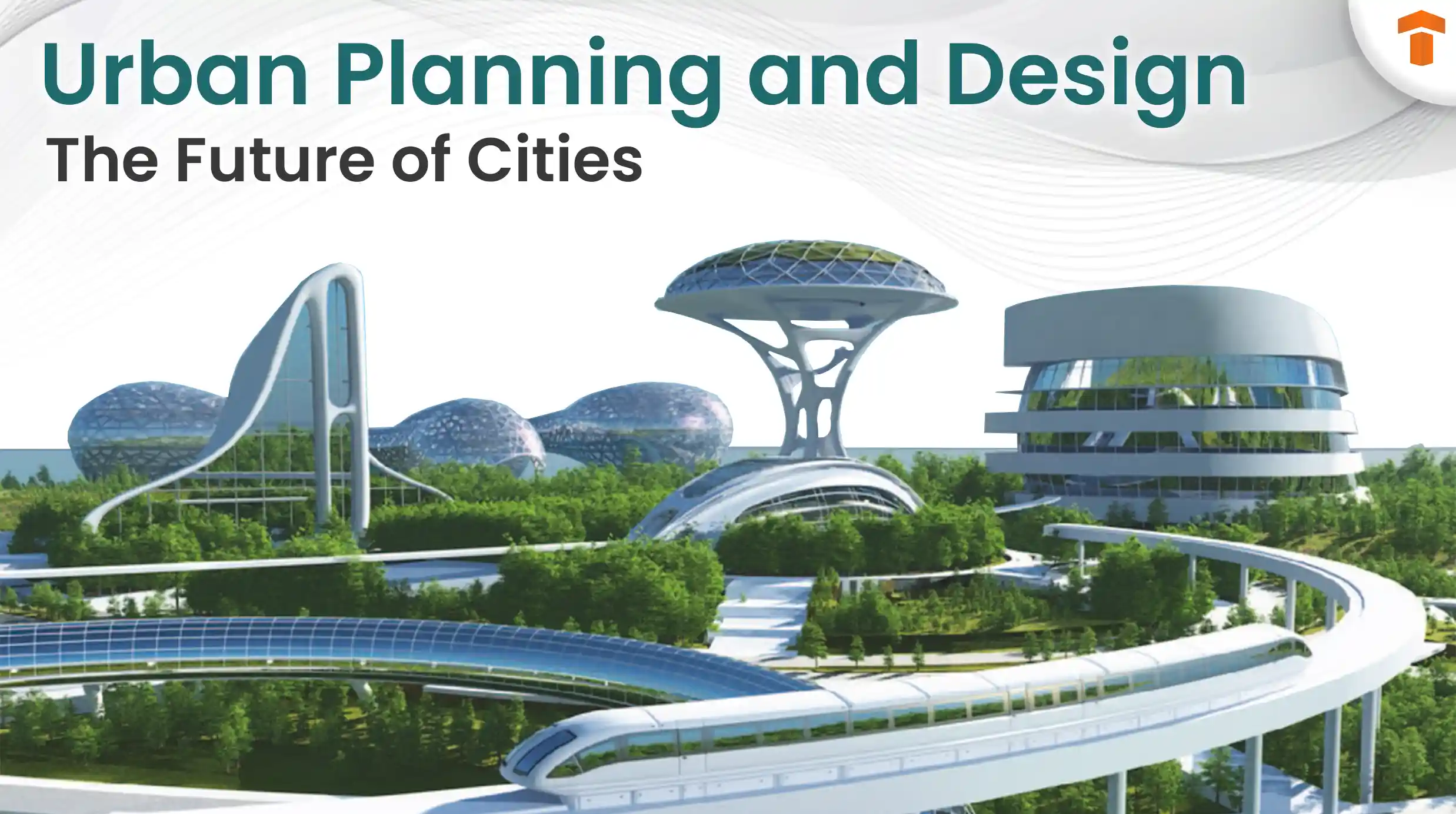
Urban planning is quickly developing and changing according to the future challenges and opportunities aligned with it. Innovative trends shape ways of designing and greater urban built-environment experiences.
With the continuous growth of cities around the world, the importance of urban planning and design also grows. In other words, this involves strategic development and organization of spaces for functionality, sustainability, and quality of life, while urban design will handle space aesthetics and usability.
Together, they create the future of cities by prioritizing green open spaces, functional public transport, and smart technologies. Now, let’s see how these disciplines create thriving, resilient, inclusive urban landscapes for tomorrow.
Smart Cities: Integrating Technology
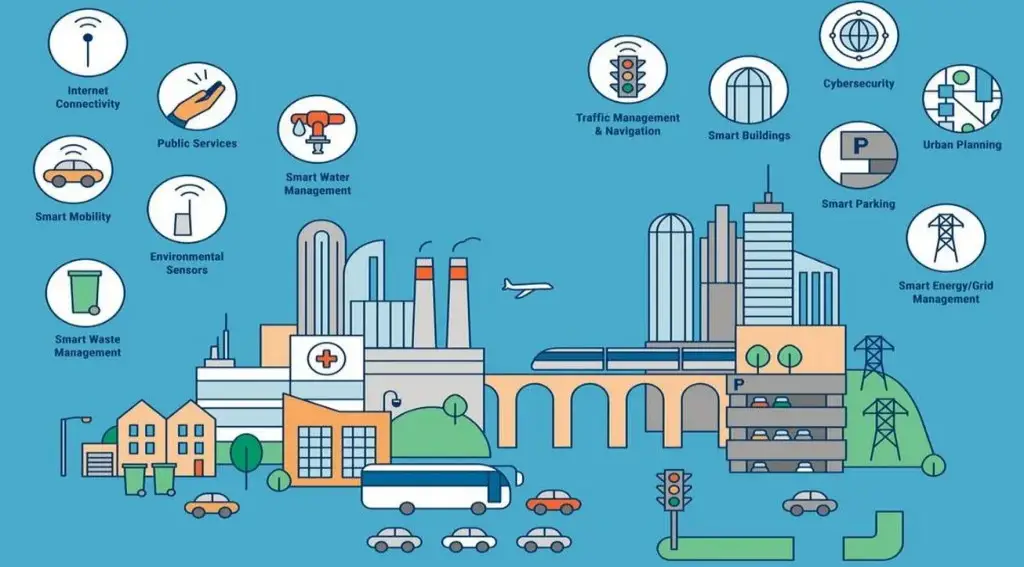
Source: CBInsights
Smart cities use technology to make life livable in the cities. The integration of digital infrastructure enables resource management. It also improves public services more judiciously.
For instance, Singapore has developed and installed Intelligent Transport Systems (ITS) to minimize congestion and improve air quality. Sensors and data analytics are the backbone of monitoring and optimizing urban operations.
A smart city is not just about technology; it’s also about community connections. Some of the other Barcelona smart city initiatives entail digital kiosks showing real-time public transport, local events, and air quality. The use of such technologies makes living in cities easier and more sustainable.
Sustainable Urban Development
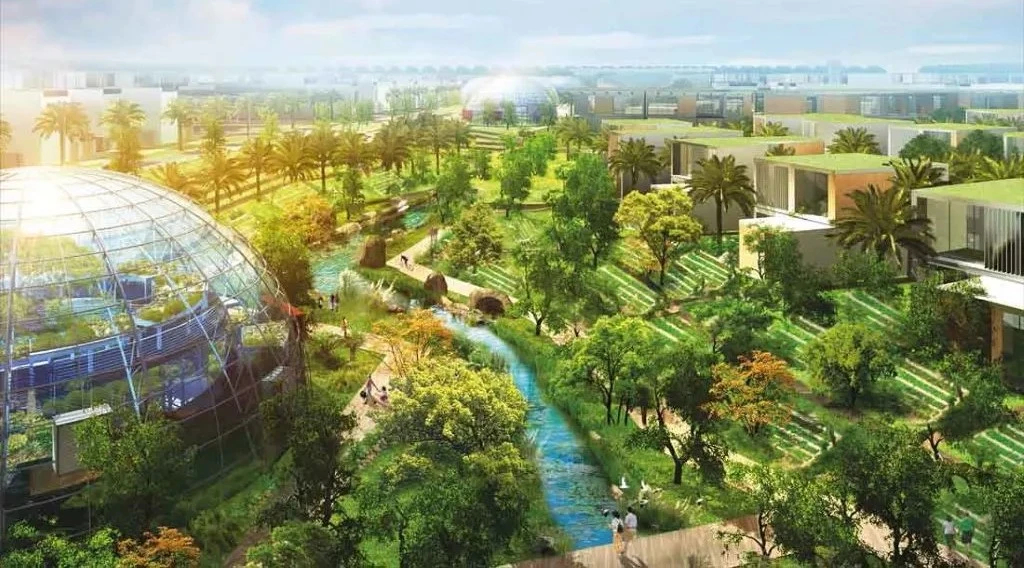
Sustainability is at the forefront of all urban planning trends. Cities are now embracing green building practices and designing spaces. It minimizes environmental impact. The concept of sustainable urban development involves energy-efficient buildings, green roofs, and renewable sources of energy.
A good example is the High Line in New York City, a linear elevated park constructed above a post-industrial rail track. It provides green space and opportunities for improved biodiversity and offers urban agriculture. It is designed with a preponderance of sustainable materials so that it serves as a prototype for future urban parks.
Besides, big cities like Copenhagen promote cycling infrastructure and green public open spaces. All this effort contributes to reduced fossil fuel burning and an overall better living of life.
Sustainable urban development also includes the evolution of Green Buildings. The implementation of green building has not only contributed to sustainability but has also helped in reducing environmental degradation.
Mixed-Use Developments: Combining Function and Space
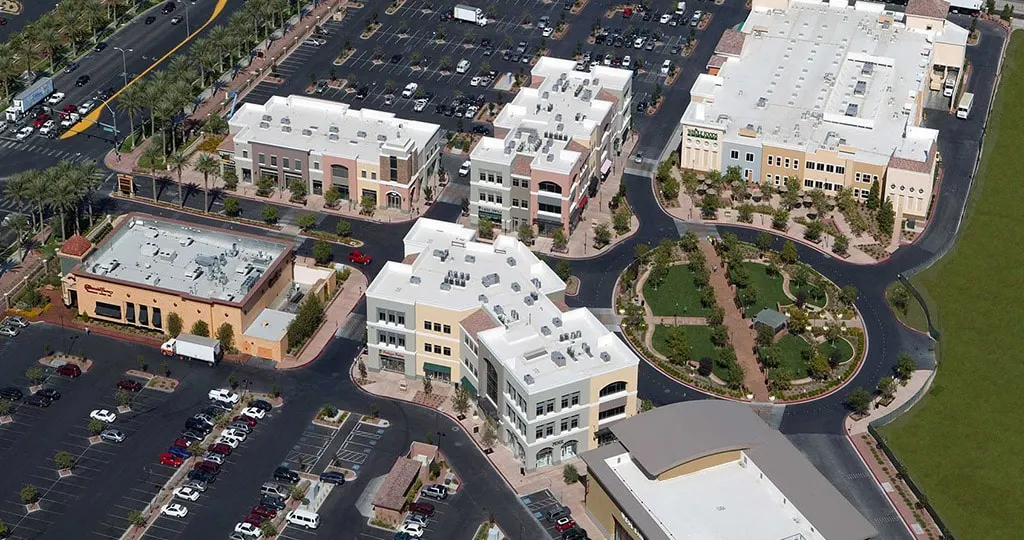
Mixed-use development is gaining popularity because cities have been maximizing space for dynamic, walkable communities, enjoying urban living. Projects are usually mixed-use, where a house, commercial activities, and recreation spaces are combined into one.
These are very well illustrated in the Hudson Yards project in New York, which combines facilities for offices, residential units, and cultural venues. In this respect, their combination not only uses the land most effectively but also creates a community while reducing the displacement factor of commuters.
These will also help ease housing shortages, offering a range of affordable housing options to complete the development. It is a trend that encourages mixed urban development and contributes to making urban environments inclusive.
Resilient Urban Design: Preparing for the Unexpected
Resilient urban design pertains to preparing cities to take in the unexpected blow from natural calamities and climate change. The trend covers designing buildings and infrastructure in a way that resists extreme weather conditions and rapidly bounces back from disruption.
The Tokyo engineers have designed earthquake-proof architecture and Earthquake Resistant Building. The city enforces very strict building codes and applies various innovations in engineering to ensure the safety of the structures erected in it. These are very necessary measures because the set of conditions in the region makes it prone to seismic activity.
It also includes adaptable public space and infrastructure, adding to the list of characteristics of resilient urban design. The features of flood barriers in the cities, with adaptable buildings, ensure the adversities from rising sea levels and extreme weather are reduced to a minimum.
Virtual Design & Construction in Urban Planning and Design
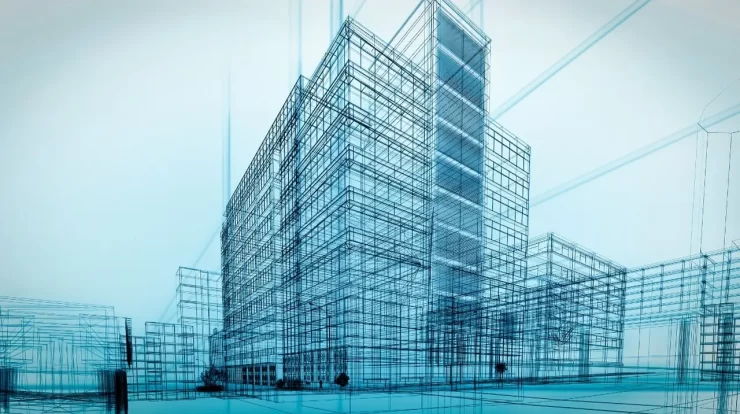
VDC brings a whole new perspective to city planning and design by incorporating several digital tools to come up with very intricate 3D models of the urban environment. It helps urban planners and architects, through VDC, to visualize and simulate in a virtual model the factors of infrastructure development, the flow of traffic, and any other environmental impact.
It enables greater collaboration among stakeholders, better-informed decision-making, and cost savings through the detection of problems well in advance of actual construction. VDC provides the ability to assess sustainable development around energy usage, materials, and other ecological factors important for smarter, more efficient, resilient urban environments.
Along with the above-enlisted urban planning and design trends, the implementation of virtual design and construction also contributes to building tomorrow digitally.
Thus, with new changes, urban planning has moved and will always move. Some of the most important trends shaping the future of urban development include smart technology, sustainability, mixed-use spaces, and resilience.
These work together to create efficient, livable, and sustainable environments that improve our quality of life while helping to solve global challenges. These trends will, therefore, play a very vital role in designing functional yet sustainable cities.
FAQs
Q1. What are the key trends in urban planning?
Ans. The key trends include smart cities, sustainable urban development, mixed-use developments, and resilient urban design.
Q2. How do smart cities improve urban living?
Ans. Smart cities use technology to enhance resource management, public services, and overall convenience for residents.
Q3. What is sustainable urban development?
Ans. Sustainable urban development focuses on creating green, energy-efficient buildings and minimizing environmental impact.






